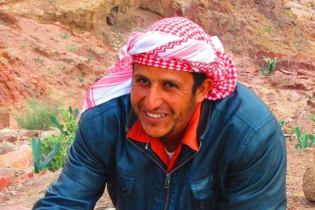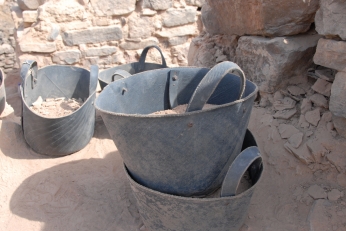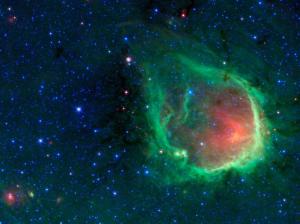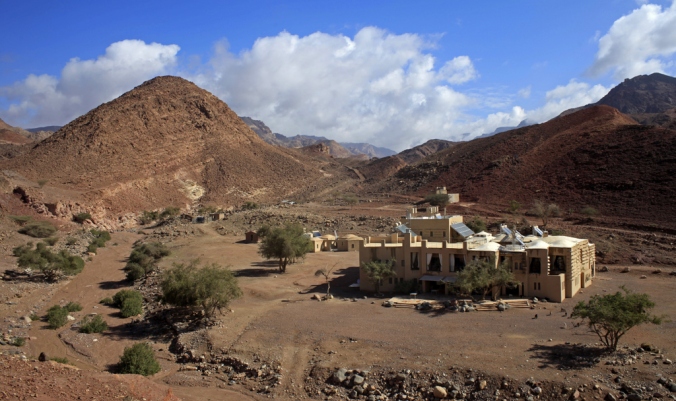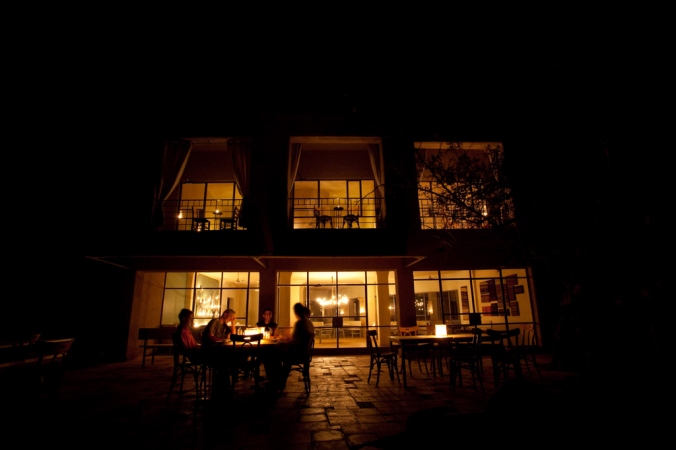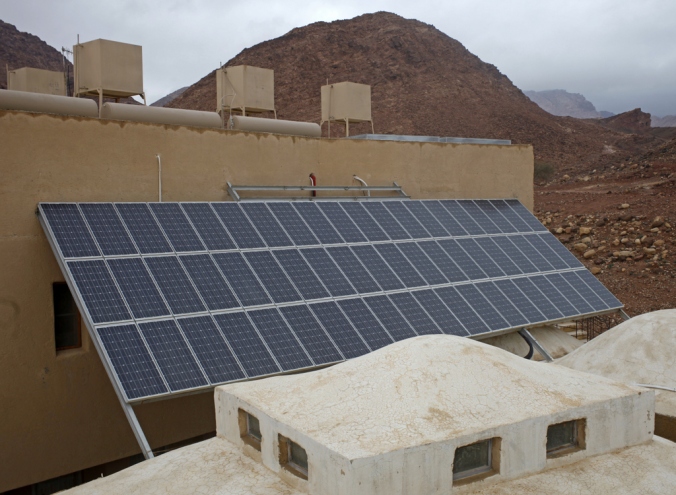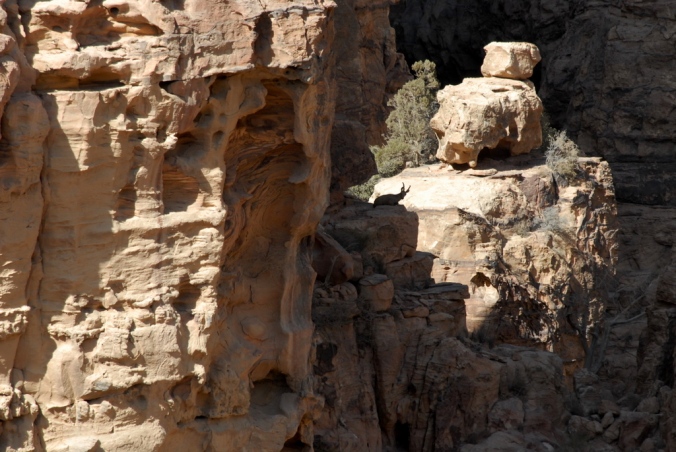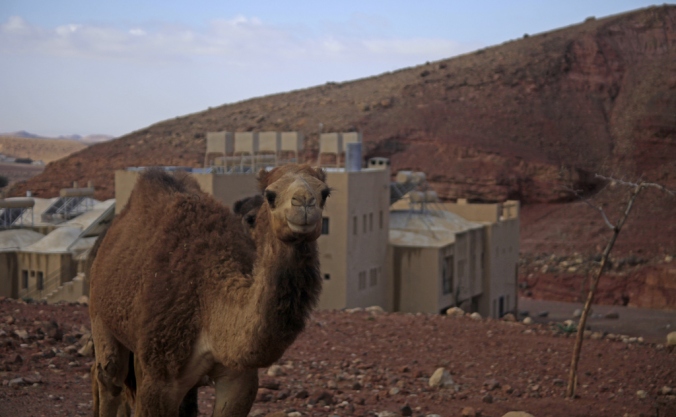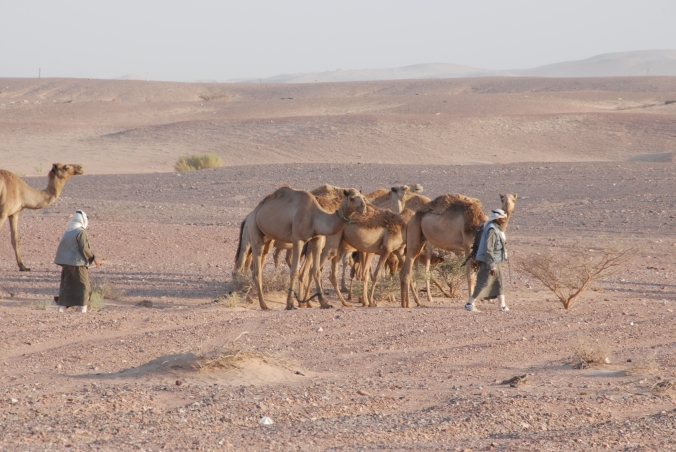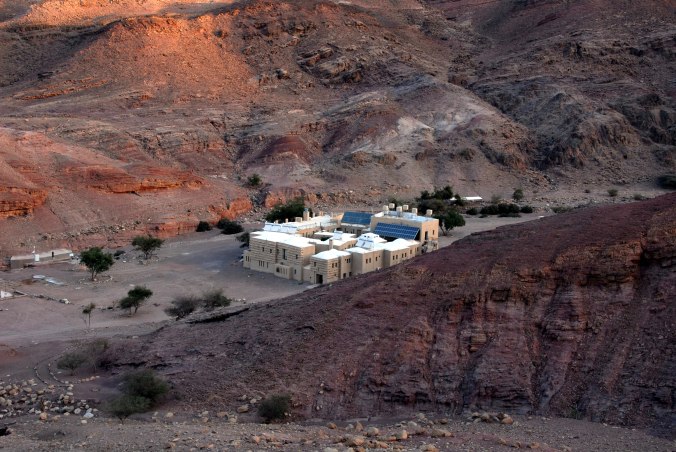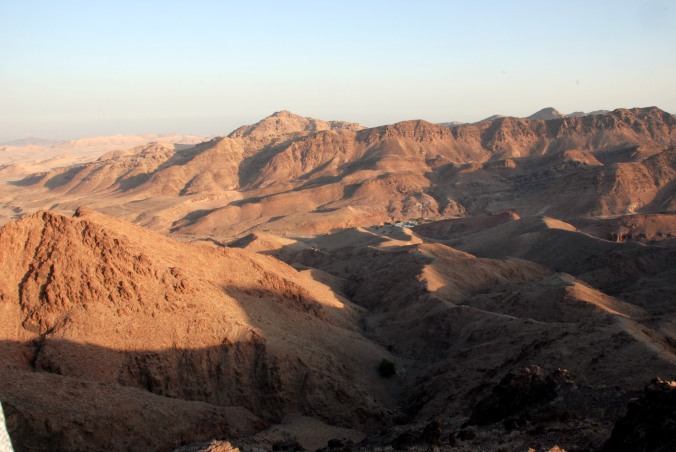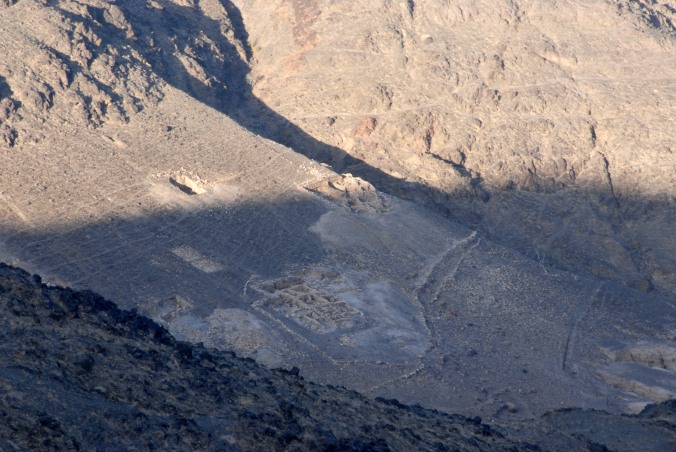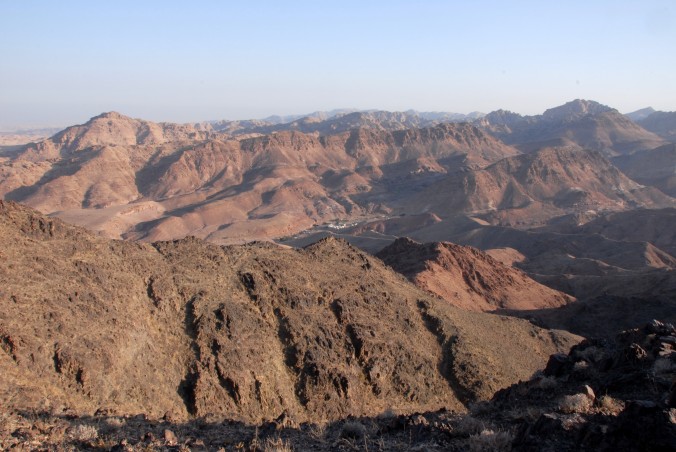Feynan Bio will be a regularly featured section of Feynan Ecolodge’s blog. This section will introduce our followers to the staff and community of Feynan. Our first edition features one of our local guides. More bios will be published soon, including elders of the local community.
Name: Ali Mohammad Hasasseen
Age: 24
Birthplace: Feynan, Jordan
Occupation: Feynan Guide
Nickolas Neibauer (NN): Tell us about your family’s history.
Ali Hasasseen (AH): In 1972, my father (Abu Khalil), came to Feynan to work for the Natural Resources Authority (NRA) in their exploration of the area. They were interested in potentially mining the area’s copper deposits. Before 1972, my father lived a nomadic life travelling seasonally with his family and their herd of goats and sheep between Shobak, Tafilah and Karak. The NRA decided not to mine the area. After living in the Feynan area for 6 years, my father married and has resided here ever since.
NN: Tell us about your childhood.
AH: I lived in Feynan my whole life. I went to school at the Feynan School for 10 years. On weekends and holidays I would help my family, as a shepherd with our goats in the hills and valleys around Feynan. We have around 100 goats and I would take them up into the mountains to find food and into valleys to the springs for water.
NN: What was the average day like for you as a shepherd?
AH: I would wake up around 06:00. By 07:00 I left our home with the goats and a donkey that carried my supply of water and food for the day. At around 10:00 I would stop with the goats to make tea and breakfast – usually vegetables, bread, sardines, tuna or occasionally some meat. We would then move on with the goats until around 14:00 where we would stop for lunch, which was usually similar to what I ate for breakfast. An hour and a half before sunset I would bring the goats back home in time to milk them and feed the kids. Once my chores were finished I would meet all of the local kids to play football in front of Feynan School, which was the best part of the day. After dark, I’d return home to have dinner with my family.
NN: What would your family have for dinner?
AH: Fatteh, which is a popular dish here, broken bits of dried homemade flat bread in seman (a product made from salted goat and sheep butter). Other times we would have lentils or freekeh, a cereal made from wheat. Then after dinner, we’d visit our neighbors or host them, and then go to bed.
NN: And what did you do when you finished studying at Feynan School?
AH: Feynan School finishes in the 10th grade. For my last two years of studies I went to the high school in Qurayqura, and lived with my uncle because it is around 8 km from Feynan. During the summer holiday, Feynan was being built and I worked at the site, helping build the lodge. I passed the Tawjihi (compulsory exam to graduate high school in Jordan) and then went to Mu’tah University in Kerak to study Archaeology and Tourism for four years. I graduated with good marks and am the first person in my family to earn a university degree.
NN: What did you do when you finished university?
AH: I came back home and taught English for 6 months at Feynan School. There was an open position at the lodge for a guide, so I applied and received the position. I have been working at Feynan now for 1 year and 2 months.
NN: What do you think of being a guide?
AH: I enjoy my work very much, my favorite thing is being able to meet people from all over the world that visit Feynan.
NN: What is your favorite hike at Feynan?
AH: Wadi Ghwayr. Specifically, Wadi Nakheel (Palm Canyon) that is a part of Wadi Ghwayr. It is my favorite place in Feynan, there is a small gorge that you can hike through, water and it is green! It also happens to be the route from my home to my fiancée’s village!
NN: So you are engaged Ali?
AH: (Responding with a giant smile)Yes, since November. Inshallah(God willing), we will marry soon.
NN: What kind of animals do you see around Feynan and how common is it to see animals?
AH: While out hiking, I’ve seen golden jackals, hyenas, ibex, fox and many birds. On the Wadi Dana hike you can see ibex and the rock hyrax, but to see wolves or other animals is not common due to their nocturnal activity and aversion to humans.
NN: Have you had any encounters with wolves?
AH: Yes, wolves will occasionally try to make off with our goats. A few years ago I was sleeping inside my home and I heard a lot of noise outside. When I rolled up the edge of our tent I saw a wolf 2 meters away from me wrestling with two of my dogs. The dogs drove off the wolf, but we then had a bigger problem. When goats smell wolves they become very frightened. Our entire herd broke out and scattered forcing us to chase them barefoot in the night. Fortunately, we saved all of our goats.
NN: Any other interesting run-ins with animals?
AH: Well, goats and ibex have the same breeding season, and I remember quite a few years ago during the breeding season seeing ibex just behind the lodge while I was out with our goats.
NN: That is quite remarkable. I’ve only seen them in Wadi Dana up in the mountains.
AH: During the breeding season it is not rare to see them much lower and closer to Feynan.
NN: Finally Ali, I would like to ask you how tourism can benefit local people while also preserving their way of life?
AH: If you follow the community’s way – their tradition and religion, you will enable opportunity while preserving your traditions. Feynan Ecolodge is an example of this.





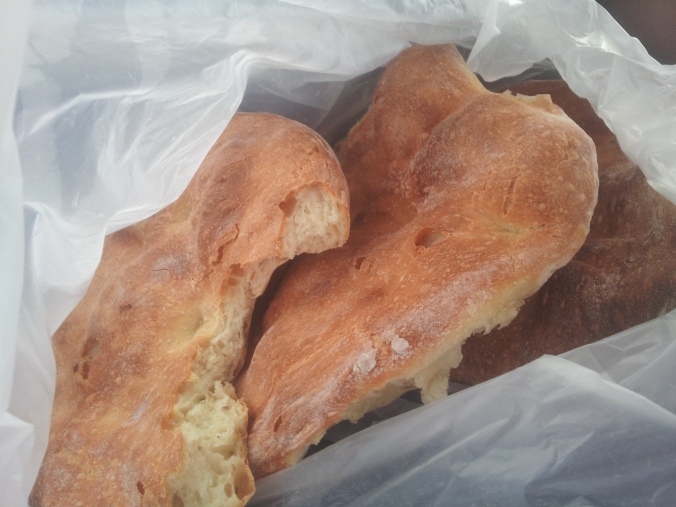
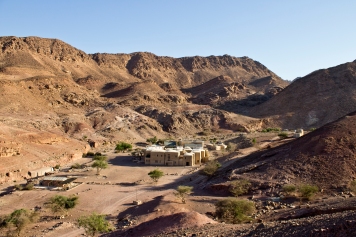


 2. Phaino
2. Phaino